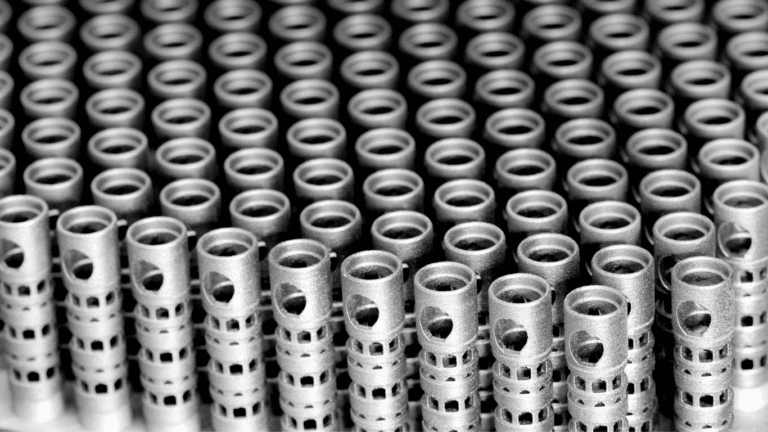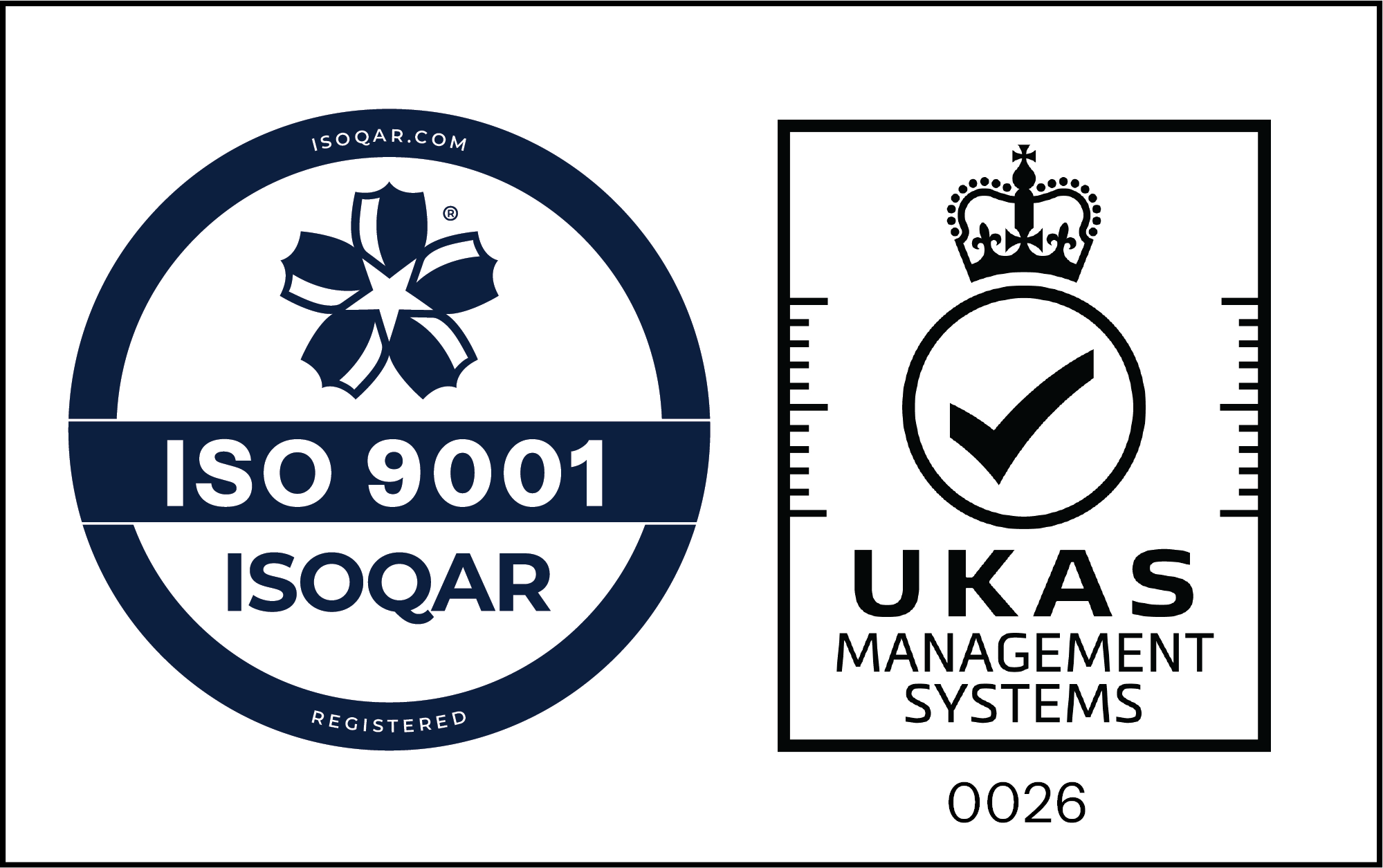Traditionally, the fluid power industry has separated products into different markets such as Aerospace and Industrial, developing products that are optimal for the functional requirements of the respective markets. There are many common requirements such as performance, efficiency and reliability. However, there is a significant difference in the value of weight within markets.
In basic terms, aerospace places a high value on lightweight products and industrial does not. For a similar function, the aerospace product is generally significantly lighter than the industrial equivalent. In order to achieve this, the aerospace product must use high-cost raw materials such as titanium and expensive surface machining such as ball nose milling. The result of this is a product that is significantly more expensive.
Truth 1 – Different markets have different values for weight
Metal Additive Manufacturing has opened many opportunities in the design space for the fluid power industry, allowing companies to holistically redesign products from first principles, creating new ‘state of the art’ products. This allows companies to rethink designs in terms of revolution, not evolution.
Metal Additive Manufacturing has also provided new opportunities in the evaluation of the relationship between cost, weight and function. Traditionally the more material you take away the more expensive a part, however, with Metal Additive Manufacturing the opposite is the case.
Truth 2 – The lighter the part, the cheaper the part
Initially, the industry has focussed on the potential value benefit that Metal Additive Manufacturing provides to weight-critical industries, with a particular focus on Aerospace, Space and Defence whilst ignoring the potential benefits to cost-critical markets such as Automotive, Mobile Hydraulics, and more.
There are two truths that mean a significant closing of the gap between fluid power markets, with an electro-hydraulic servo valve (EHSV) as an example and, in particular, focusing on the manifold.
The fluid power sector can be split roughly into the following markets; Formula 1, Space, Aerospace, Automotive, Mobile Hydraulics and Industrial Plant. These markets value weight very differently, from no value at all in some plant hydraulic applications to greater than £100,000 per kg when used within Formula 1.
Moog, a worldwide designer, manufacturer and integrator of precision control components and systems, has had to develop multiple EHSVs with the same function but at different costs and weights to meet the requirements of this table. Moog has developed two standards of servo valves with rated flows of approximately 40 lpm: one aerospace with a volume of 170 cm^3 and mass of 500 g and an industrial one with a volume of 700 cm^3 and a mass of 2.2 kg.
The natural progression from this is that resources need to be spent on design for cost and design for weight. Today, companies have separate divisions, each specialising in a particular industry, leading to increased costs and overheads. For example, Moog has split its business into four distinct business segments: Aircraft Controls, Industrial Systems, Components, and Space and Defence. Other groups, such as Bosch Rexroth, have taken this a step further and withdrawn from the aerospace market and primarily focused on industrial markets.
With subtractive machining, there is an inherent compromise between mass and cost. As you try and make the part lighter, it becomes more expensive until you reach a point where the mass can no longer be reduced. This creates a product aimed at the market that values reduced weight the most – Motorsport. As you try and make the part cheaper, you make the part heavier until your material cost becomes the limiting factor. This creates a product aimed at the market that values cost the most – Industrial. Both markets will then have a product that meets the value of weight within that particular market.
Subtractive Design Compromise – Mass vs Cost
The point at which the blue line intersects with the grey lines gives you the design target for each market. Reducing the weight beyond this point will only offer a reduction in profits for the supplier, with no greater value for the customer.
Metal Additive Manufacturing creates a new set of compromises for a designer. The weight of the component is now proportional to the cost of the component, which means the lighter the part, the cheaper the part.
Metal Additive Manufacturing Design Compromise – Mass vs Cost
- This is the point at which the AM design becomes viable for the aerospace market – it has met the weight threshold required to satisfy customer requirements.
- At this point, the design can meet the requirements of aerospace, space and motorsport, redefining the ’state of the art‘ with respect to weight and performance.
- Point 3 is the most important. Point 3 is where you have designed a product that meets the requirements of all markets; it is light enough to satisfy the most weight-sensitive markets and cheap enough to satisfy the most cost-sensitive markets.
Additive Manufacturing allows you to develop fluid power products that are identical for Industrial Hydraulics and Formula 1
In order to achieve this, you need to understand all the limitations of metal additive manufacturing design, and metal additive manufacturing economics. Ultimately, you must be able to innovate.
Domin have developed a direct drive servo valve that uses this approach and serves both aerospace and industrial markets.


